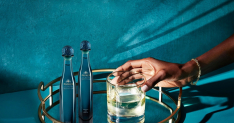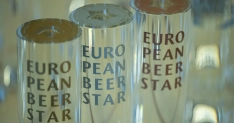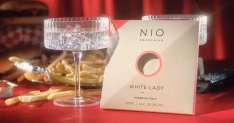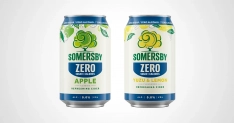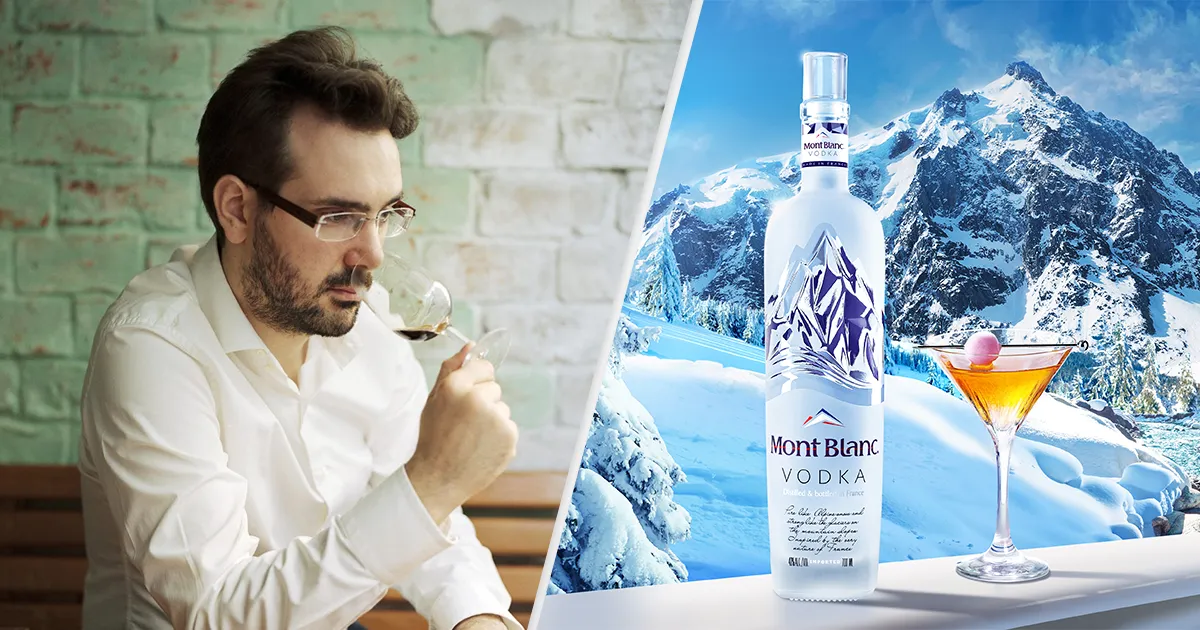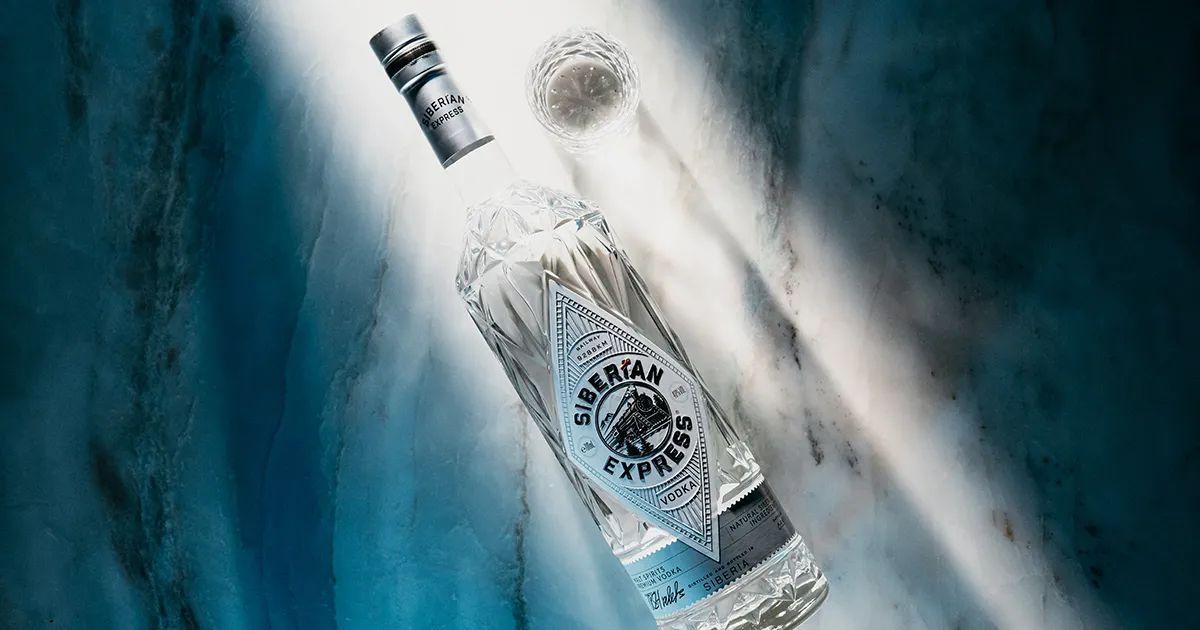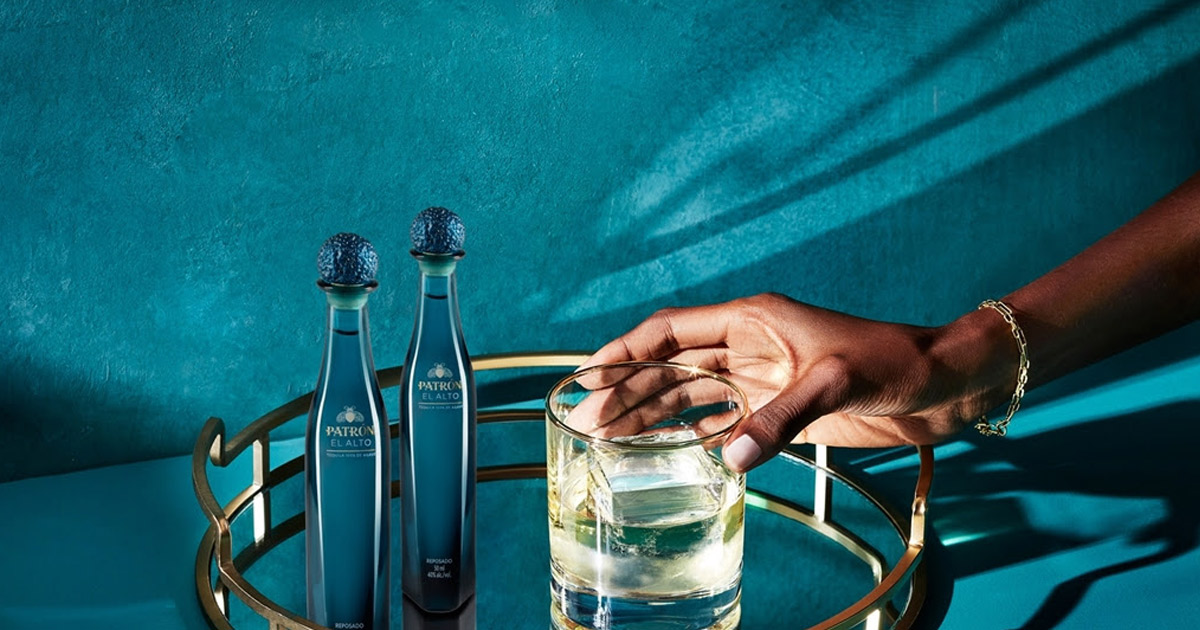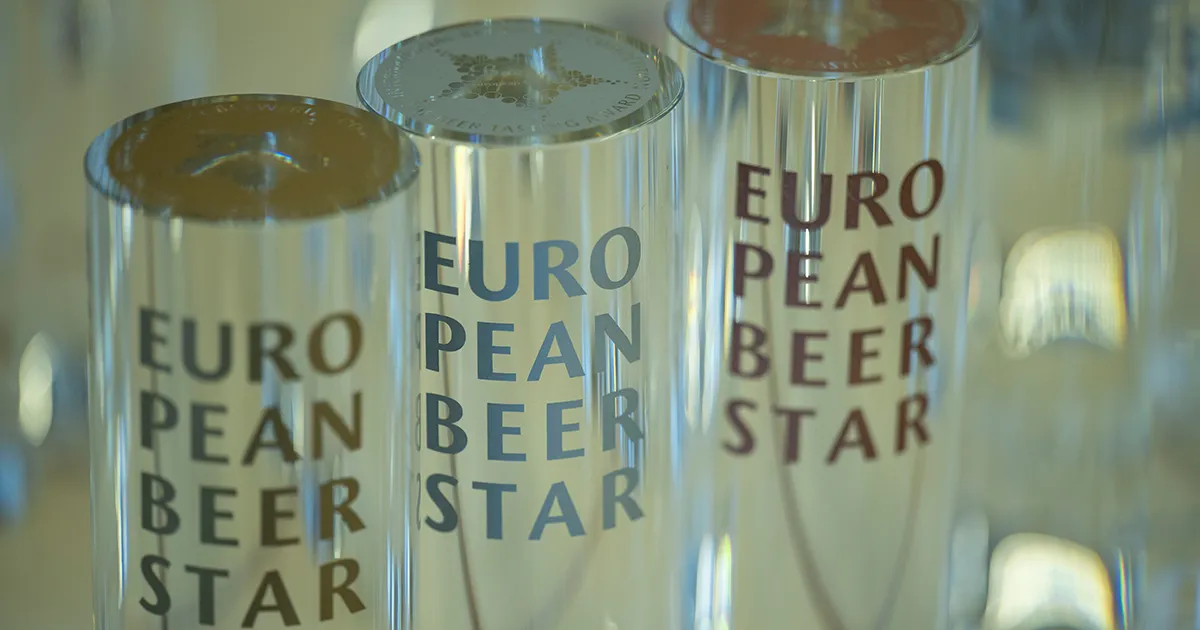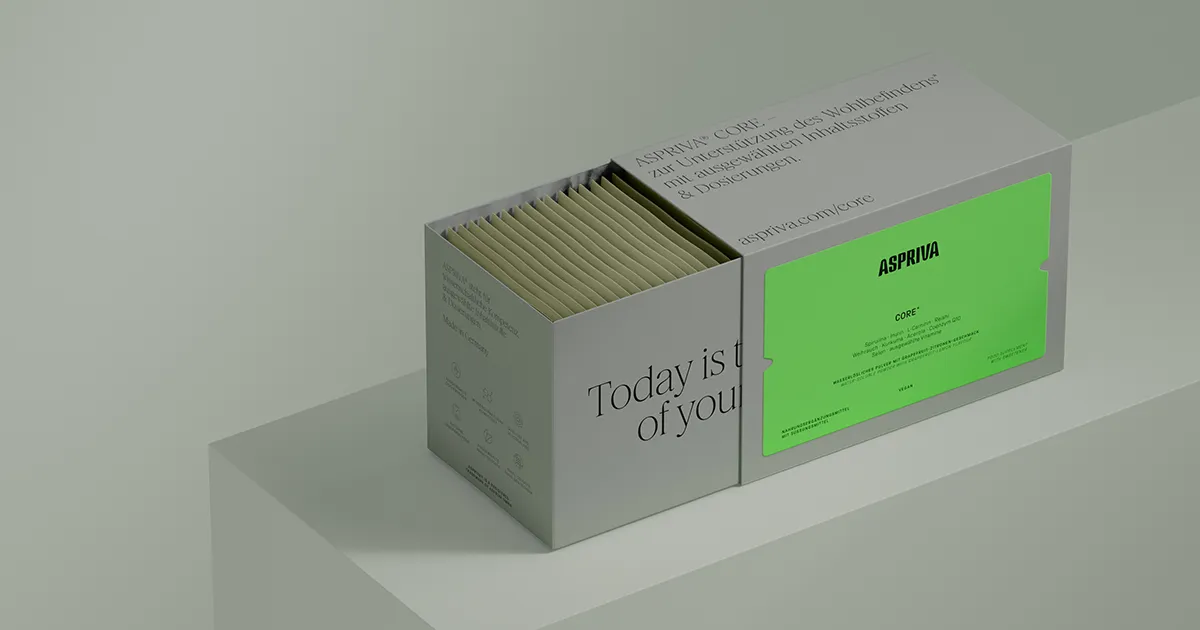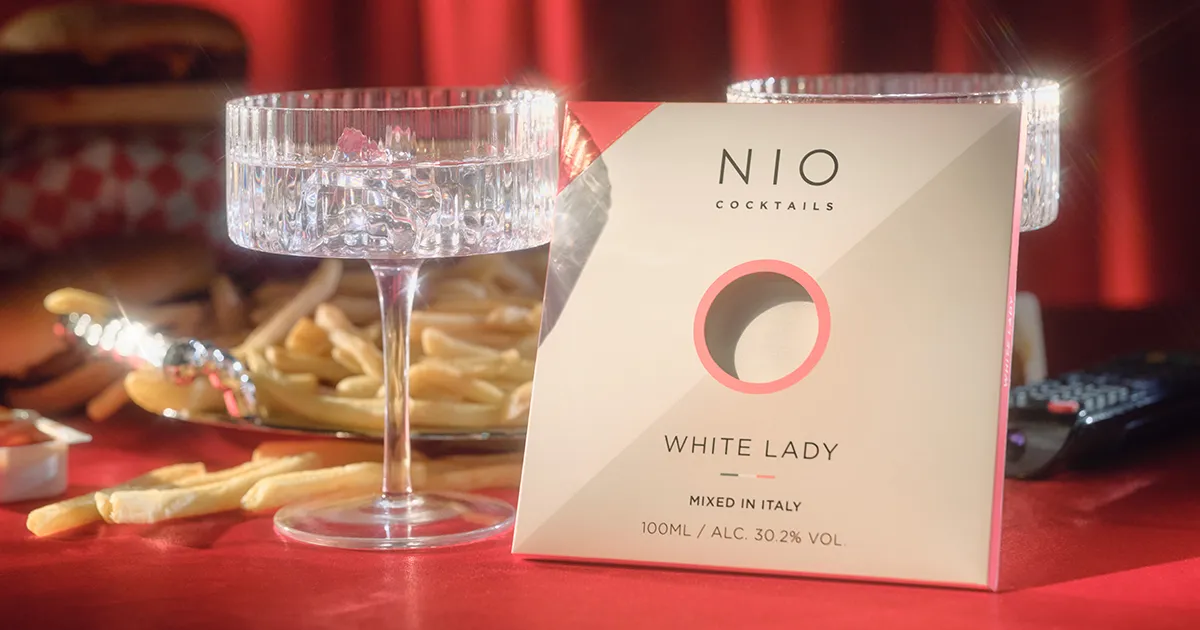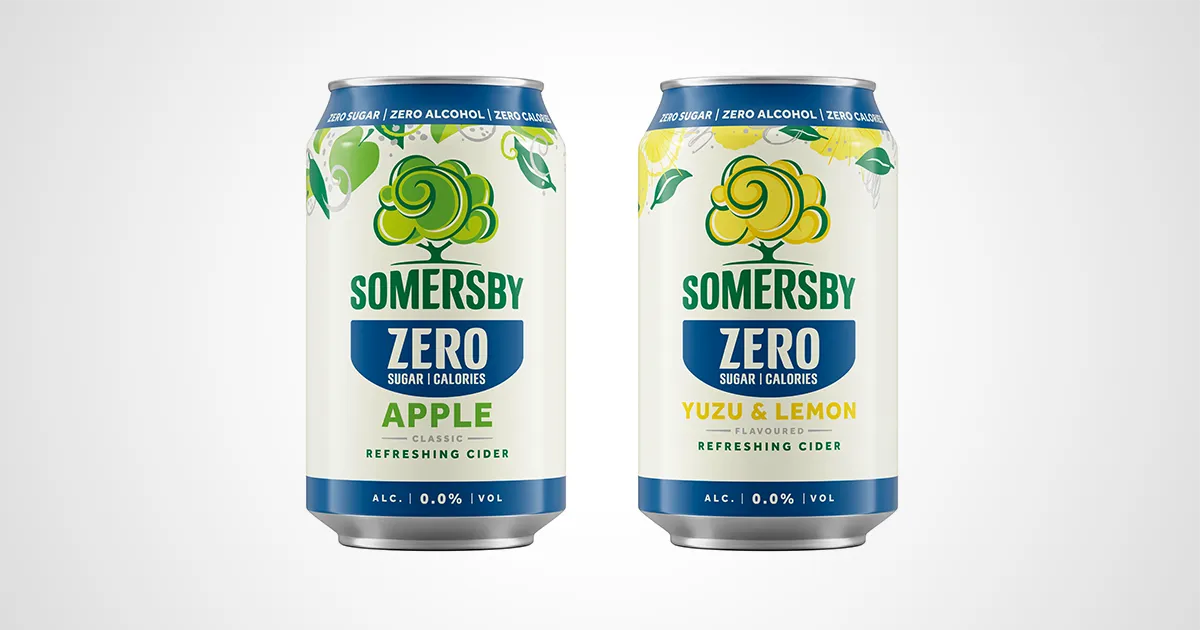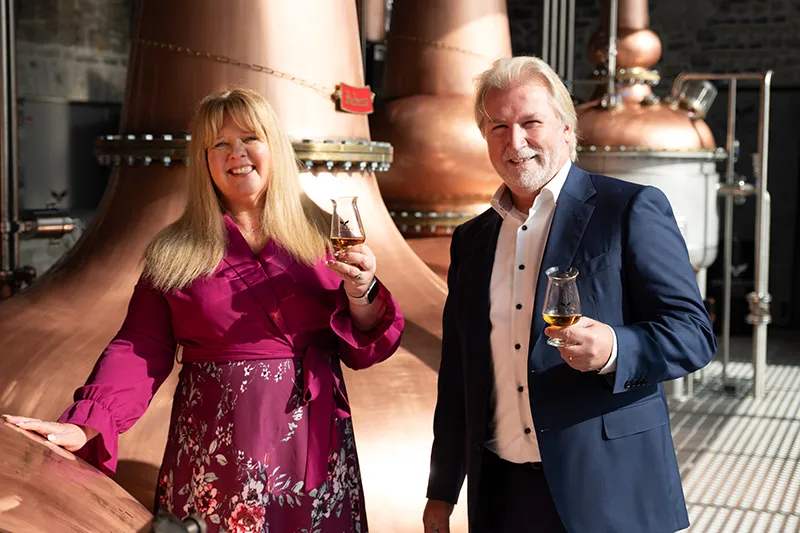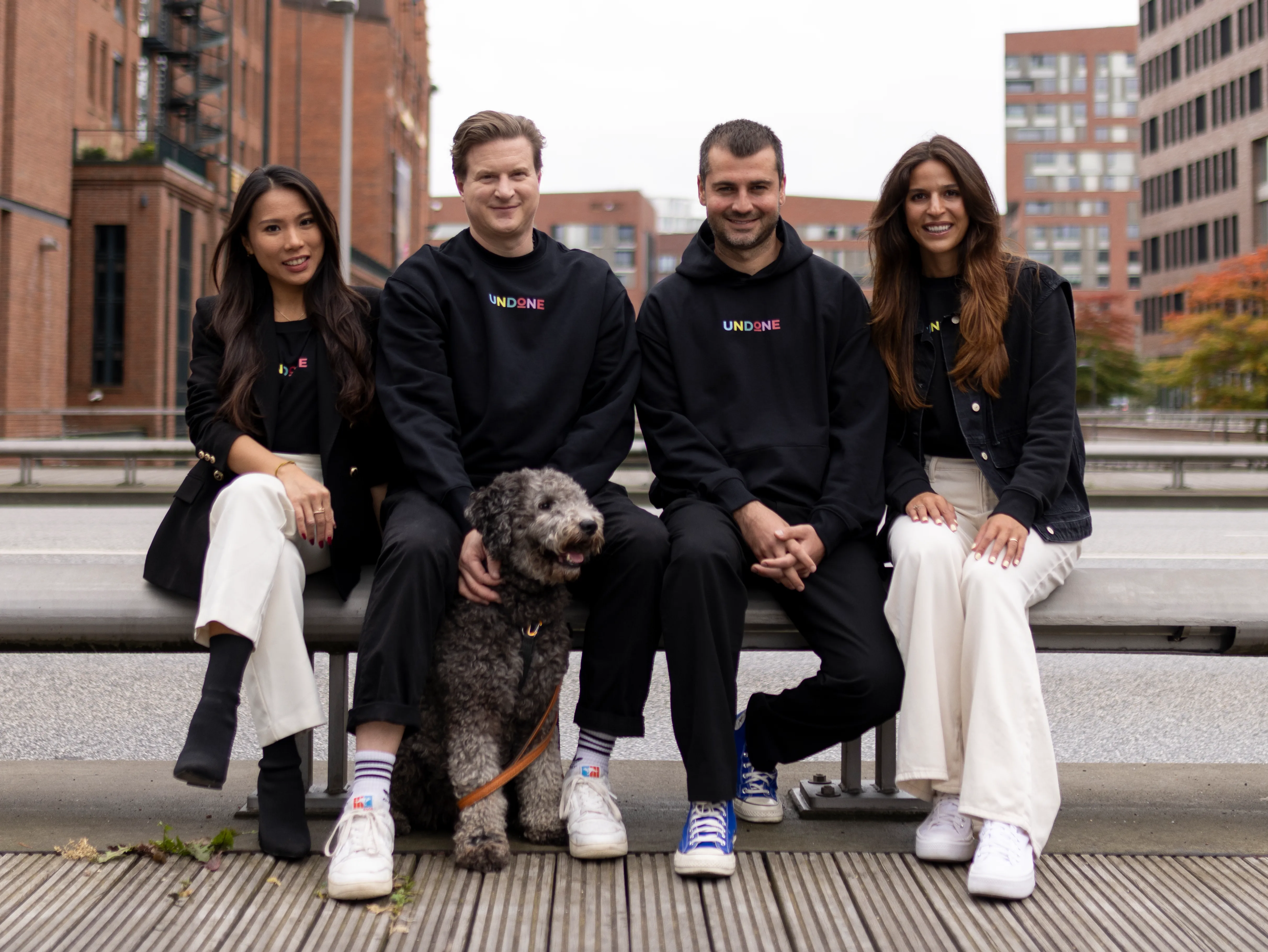IWSR: Beverage Alcohol in 2020 Performs Better than Expected
Total beverage alcohol will perform better than expected this year, but forecasts point to a slow long-term recovery, according to far-reaching new research from IWSR Drinks Market Analysis, the leading authority on the global beverage alcohol market.
Based on how the pandemic has unfolded in 2020 so far, IWSR has conducted an in-depth mid-year assessment on the outlook for the global beverage alcohol industry. IWSR reviewed beverage alcohol consumption in 19 key global markets, and the global travel retail channel (representing 75%+ of total global alcohol consumption). The key markets reviewed were Australia, Brazil, Canada, China, Colombia, France, Germany, India, Italy, Japan, Mexico, Poland, Russia, South Africa, Spain, Thailand, Turkey, UK, US, and the global travel retail channel.
“Given the incredibly tough measures the industry has continued to face due to Covid-19, it’s encouraging to see that beverage alcohol in the 19 focus countries is only projected to decline by -8% in 2020, rather than by the double-digit losses originally expected. Excluding national spirits such as baijiu and shochu, total beverage alcohol in the 19 focus countries will recover to 2019 levels by 2024. We may see that recover even faster now, given the recent news on encouraging vaccine trials,” says Mark Meek, CEO of IWSR Drinks Market Analysis. “The rise of ecommerce and the efforts by retailers and on-premise operators to adapt to this crisis, coupled with consumers expanding to new occasions, created a dynamic, albeit challenging, new environment for beverage alcohol.”
The US and China – Key Growth Drivers of Global Beverage Alcohol – Prove Resilient
Though volume losses in several markets, including Russia, Australia, Japan, and Germany will be under -5%, only the US and Canada are expected to show actual volume growth this year (both at over 2% total volume increases). The 2020 volume consumption increase in the US is in line with 2019 trends, indicating that Covid-19 has not impacted overall consumer demand. However, gains in retail and ecommerce contrast with heavy losses in the more profitable on-premise channel in the US.
China also performed better than initially foreseen at the start of the pandemic, as Chinese consumers – including 400 million millennials in the country – have returned to almost all everyday activities. The international spirits market in China, in particular, will see full recovery by 2021. The US and China are key growth drivers of global beverage alcohol, and combined, they account for one third of global volume consumption and over 40% of global value.
Brazil and Japan have also proved remarkably resilient through 2020, and are expected to recover to pre-pandemic volume consumption levels in 2021. While 2020 will see a drop in the all-important beer and cachaça categories in Brazil, both are expected to bounce back quickly. Still wine will be a winner there during 2020, the only category in absolute growth, although RTDs are also starting to make their mark. Japan continues its journey away from traditional products such as shochu and sake, with beer proving particularly resilient, especially in the face of a strongly-advancing RTD category.
Markets such as India and South Africa, which experienced partial or full shutdowns of all beverage alcohol during the pandemic, and Mexico, which saw beer banned for some time, unsurprisingly will experience some of the largest volume losses this year. Global travel retail, impacted by the huge disruption in business and leisure travel, is estimated to see volume consumption down -68% in 2020.
Ready-to-Drink (RTD) Sector is the Only Category to See Growth in 2020. Low- and No-Alcohol Segment will Continue to Resonate with Consumers
In terms of specific categories, only the ready-to-drink (RTD) sector will see volume growth this year (+43%), largely driven by strong performance in the US, which is the largest RTD market in the world by volume. Global consumers have shown a propensity for refreshing, flavourful and longer-to-consume drinks, which bodes well for RTDs. The category is also well suited to the off-premise, which further boosted its popularity during lockdowns. RTDs are expected to post volume gains of +21.8% compound annual growth rate 2019-2024, stealing share primarily from the beer category.
In the US, the RTD category will be bigger by volume than the spirits category by the end of this year. Total volume consumption of international spirits (which excludes national spirits such as shochu and baijiu), is projected to be down by -7.2% in 2020, however is set to recover in full by 2022. Within spirits, Canadian whisky and US whiskey are the only categories expected to grow in volume consumption in 2020. US whiskey will also be one of the most resilient spirits through to 2024, along with Cognac/Armagnac, agave-based spirits, Irish whiskey and Japanese whisky.
Total wine and beer are both forecasted down about -9% in 2020 and are each unlikely to regain volumes for several years. Low-and-no alcohol beer, however, is a bright spot for the category, as moderation and wellness trends continue to resonate with consumers. Low-and-no alcohol beer remains resilient through to 2024, with a volume CAGR of 5.9% (2019 – 2024). No-alcohol spirits will grow at a slightly lower pace, hampered by the absence of a functioning on-premise channel in 2020, seen as key to bringing the category closer to consumers.
Within wine, sparkling wine volume consumption is anticipated to recover to 2019 levels by 2023. Premium-and-above Prosecco is expected to be least impacted by Covid, and premium-and-above still wine is forecasted to recover lost volumes by 2022.
As the On-Premise Suffers Long-Term Damage, Alcohol Ecommerce Sees Strong Growth
New IWSR research also examines Covid-19’s impact to the on-premise, which will have suffered longterm, potentially permanent, damage in many markets. The IWSR estimates that only four of the key markets will see a market share gain over 2019 levels in the on-premise by 2024 (Russia, Poland, Australia, and Colombia). In many markets, Covid-19 has accelerated a long-term pre-crisis trend of a declining traditional on-premise.
The clear winner during Covid lockdown has been alcohol ecommerce, which has increased in all focus markets. The value of ecommerce in 10 core countries (Australia, Brazil, China, France, Germany, Italy, Japan, Spain, UK, US) is forecast to grow by over 40% in 2020, to reach US$17bn, and is expected to grow to over $40bn by 2024.
Consumer Sentiment is Mixed, with Comfort Levels Varied Across Markets
In a recent IWSR study focusing on consumer behaviour shifts across key markets, findings indicate that adult consumers’ drinking behaviours have remained steady in most markets, with increases driven by generally younger, urban, and more affluent consumers who are relatively comfortable in the new normal. Consumers are not reporting much shift in their preferred categories, though they do report spending more on whisky, Cognac, Champagne, wine, tequila, craft beer, and gin.
“Covid-19 has had a polarising effect on the world economy and thereby the global beverage alcohol market. Large markets such as the US and China have survived the best, while less developed regions and countries such as Africa, Mexico and Argentina have unfortunately suffered more,” adds Meek. “Very premium high-end spirits have also held up well, while low-end and value products have seen gains in struggling markets as Covid-19 leads to downtrading. Some of the more standard middle ground categories, blended Scotch for example, have lost share.”
About the IWSR
The IWSR is the leading source of data and intelligence on the alcoholic beverage market. The IWSR’s database, essential to the industry, quantifies the global market of wine, spirits, beer, cider, and RTDs (ready-to-drink) by volume and value in 160 countries, and provides insight into short- and long-term trends, including five-year volume and value forecasts. The IWSR tracks overall consumption and trends at brand, price segment and category level. Our data is used by the major international wine, spirits and beer companies, as well as financial and alcoholic beverage market suppliers. The IWSR’s unique methodology allows us to get closer to what is actually consumed and better understand how markets work. The IWSR boasts a team of global analysts, each of whom is equipped with local market expertise and an expansive network of on-the-ground industry contacts. Our analysts meet and speak with their industry contacts throughout the year in order to capture local insight, key market trends, and the ‘why’ behind the numbers. For more information about the IWSR, please visit www.theiwsr.com
Source: IWSR
Photo Credit: ©iStockphoto | VadimZakirov




